I have been competing in open-water rowing with a traditional boat and a fixed seat for over 20 years, and several years ago I had the opportunity to row and compete in boats with sliding seats. I really enjoyed the increased speed and total body workout, so when I learned about the Poseidon sliding-seat system from Puuvenepiste in Finland, I was eager to have it installed in my 18′ Merrimack Screamer, LE BARON ROUGE. The boat was built by Doug Scott, a New Hampshire boatbuilder, using traditional construction techniques. It has a narrow flat bottom and four wide strakes on alternating sawn and steam-bent frames. I use the boat for open-water rowing races and was drawn to the Poseidon rig as a way to improve the boat’s performance without significantly altering its character.
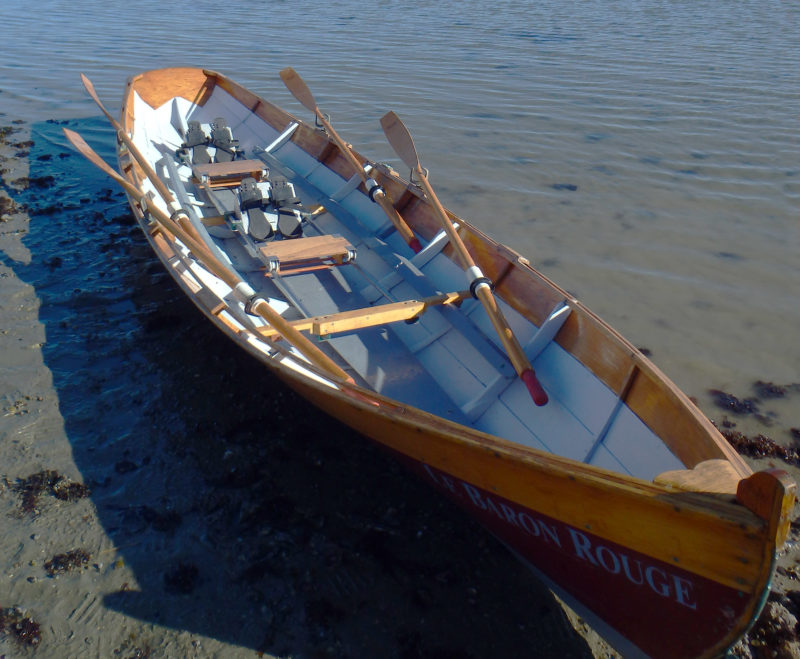 Craig Robinson
Craig RobinsonThe author’s 18′ rowing boat has a double Poseidon rig installed. Each of the rig’s rails spans both stations so the stretchers and seats can be rearranged to set the boat up with a solo rowing station amidships.
The rig is dramatically different from other drop-in sliding seat systems, which usually include outriggers that have a wide span between the oarlocks (around 62”) designed to accommodate standard 9’ racing sculls. There are no outriggers included with the Poseidon. Instead, it is meant to be used with existing gunwale-mounted oarlocks. On a boat with a typical 4′ beam you can use ordinary oars 8′ to 8-1/2′ long.
I brought my boat to Rodger Swanson, a distributor for Puuvenepiste, and he installed the system with only a few minor modifications. The installation of the two 7/8”-diameter stainless-steel rails requires some custom-built supports. This particular installation would need three wooden supports for the rails: one secured to the boat’s risers, one spanning a frame, and one set on the floorboard. The adjustable aluminum foot stretchers were then positioned in the appropriate locations relative to the oarlocks. My stretchers require a wrench to adjust their position.
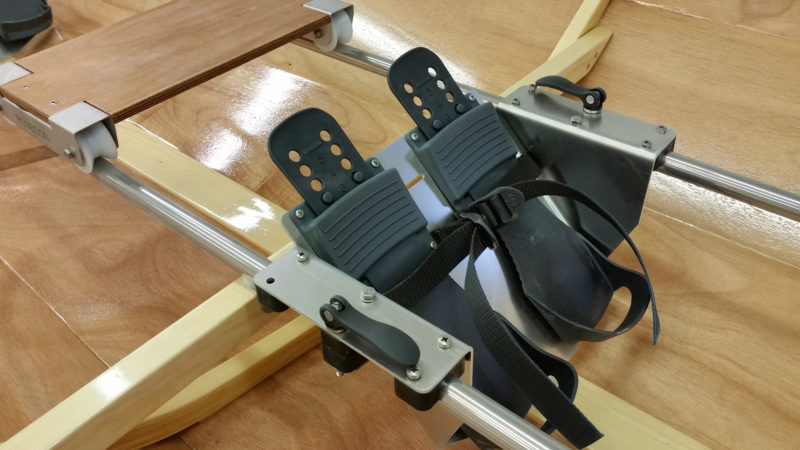 Ruud van Veelen
Ruud van VeelenCam locks offer a quick, no-tool adjustment of the stretcher.
The current units include a cam system, making footrest location changes much quicker, and easy to make while on the water. The sliding seat has grooved wheels that align themselves on the rails. The top is plywood and will require a pad or a contoured seat added by the user.
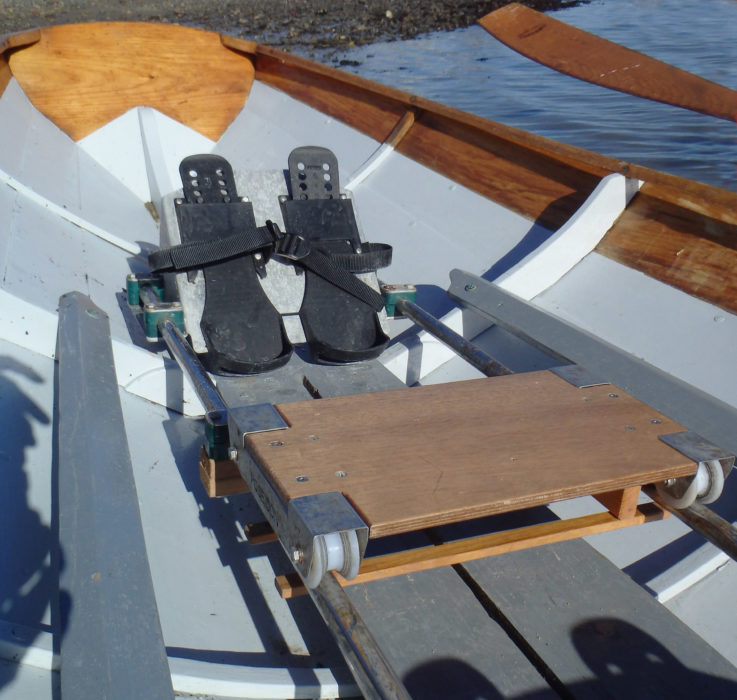 Craig Robinson
Craig RobinsonThe seats are supplied without pads. Those are left to the rower to select to suit individual preferences.
The Merrimack Screamer was built with three oarlock positions for fixed-thwart rowing either as a single or a double, but most of the time it has been rowed as a double. With the Poseidon rig installed, a short test row made it apparent that some adjustments were needed to optimize both the trim and the spacing between the two rowing stations. The position of the foot stretchers can easily be adjusted to accommodate the different leg lengths and to convert from a double to a single rower, but we noticed that the bow was going too deep at the finish of the stroke when our weight was well forward at the release. Moving one set of oarlocks and repositioning the rails farther aft improved trim. Those were rather minor changes, and the system has not required any maintenance or adjustments since.
If you decide to convert your boat from fixed seat to sliding seat, there are a few factors to consider. Setting the Poseidon rig on top of a boat’s thwarts will put the rower too high, so they’ll need to be removed. If the thwarts serve as part of the structure of the boat, then you may need to add cross braces below the rails to reinforce the frames and maintain the shape of the hull. The Merrimack Screamer’s thwarts were resting on the risers, and so weren’t bracing the frames. In fact, the supports secured to the risers and across a frame made the boat stronger than it had been with the removable thwarts.
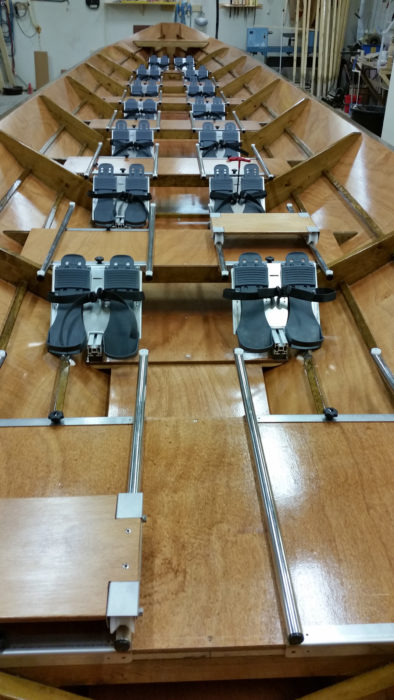 Ruud van Veelen
Ruud van VeelenThis Finnish racing churchboat is outfitted with 14 Neptune rowing stations, a version of the Poseidon system with floorboard-mounted stretchers.
A sliding-seat system takes up more room than a thwart. The Merrimack Screamer’s 18′ length was a comfortable fit for two fixed-thwart rowing stations, but had just barely enough room for two sliding-seat stations. The shifting of body weight on a sliding seat is more likely to cause a boat to porpoise with each stroke, so the hull needs to have enough length to stay close to level through the rowing cycle.
The Poseidon system has worked out well for LE BARON ROUGE. The sliding seats allow us to use our legs to both lengthen strokes and increase power. For the same level of effort we’d put in using fixed thwarts, the sliding seats make the boat about a knot faster. Several years ago, I entered the Minot’s Light Roundabout, a 4.5-mile, open-water rowing race, rowing the Merrimack Screamer as a sliding-seat single. There were high winds and waves, and had it not been for the sliding seat advantage, I might have turned back. Instead, I finished in third place and came in ahead of two ocean-rowing shells.
It’s no surprise that long ago, competitive rowing adopted the sliding seat to enable use of the leg muscles; 60 percent of human muscle mass is located below the waist. The Poseidon rig takes advantage of that power and maintains the look and feel of a traditional boat. If you’re ready to make the switch to a sliding seat, it’s well worth considering.![]()
Craig Robinson lives in Hingham, Massachusetts, and began rowing at a young age in an 8′ pram. He now enjoys rowing year round with the Hull Lifesaving Museum Maritime Program. In recent years, he and his rowing partner, John Struzziery, have placed well with the regional open-water races.
The Poseidon sliding seat is manufactured by Puuvenepiste in Finland and distributed in the US by the Swanson Boat Company (the Swanson web site is being updated and will be fully operational in mid-April) and Duckworks. The Poseidon single is $695.00 USD and the double $1,095.00, plus shipping.
Is there a product that might be useful for boatbuilding, cruising or shore-side camping that you’d like us to review? Please email your suggestions.
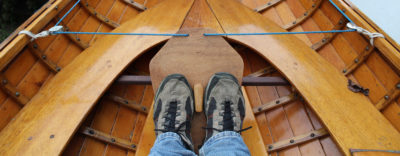

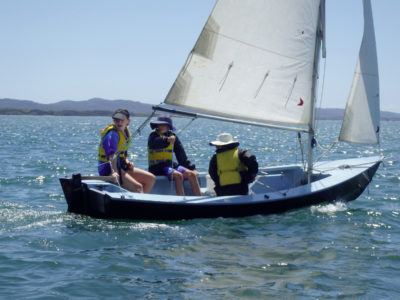

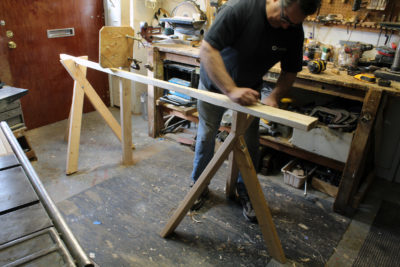

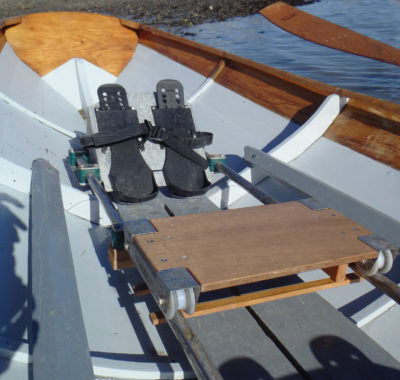

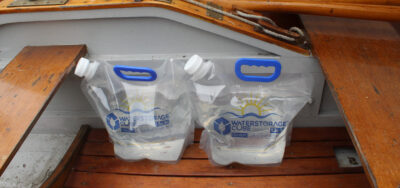
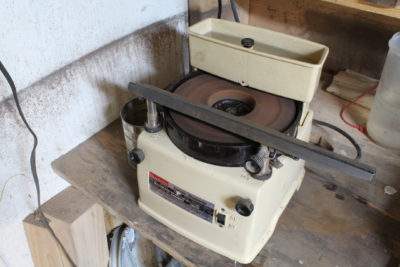

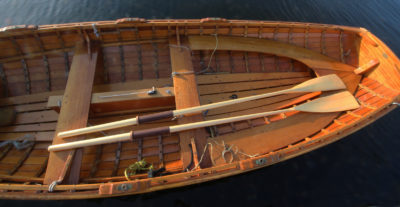
Nice to see this rig being sold in the USA. A few years ago I was shopping for a sliding seat without the outriggers and this unit would have been the ticket. It would have been shipped direct from Puuvenepiste. Then, plans changed.
Wow, what is the cost of a sliding seat like that?
You’ll usually find prices for the products we review if you scroll down almost to the bottom of the screen. In this case: The Poseidon single is $695.00 USD and the double $1,095.00, plus shipping.
Christopher Cunningham, Editor
I’m not sure that I understand how traditional spans between gunwale-mounted oarlocks work with this sliding-seat system. The oars must be longer to allow for the sliding seat, but wouldn’t extra length on the inboard end of the oars create too much of an overlap of the handles at the middle of the stroke?
It’s not necessarily the case that a sliding seat requires longer oars. I installed my adaptation of Ben Fuller’s sliding seat in my Whitehall and I’ve been using the same oars that I used on a fixed thwart and with the same span between oarlocks. A fixed-thwart stroke doesn’t swing the oar through a very wide arc, so the sliding seat just adds to that arc at both ends of the stroke. The overlap at mid-stroke is the same as it is with rowing from the fixed thwart.
The Shaw & Tenney formula for oar length that I’ve always used calls for a 2″ overlap for the handles. If you’re comfortable rowing with more of an overlap, you can increase the inboard length of the oar and the overall length of the oar.
Thank you, Craig, for a well-written and objective review. While it was necessary to remove RED BARON’s thwarts to install the Poseidon, this isn’t required in all cases. A phone call (860-299-6502) or email ([email protected]) with some basic measurements can tell us what the installation requirements will be.
All the best, Rodger Swanson, Swanson Boat Company
I am fortunate in having a Puuvenepiste 650D with the Poseidon sliding-seat system. I recently upgraded mine to the quick release version and have been delighted with how easy it is to change from single to double. The upgrade was a fairly easy and straightforward operation.
Wow. Quick question. Where can I find a row boat that size? Looks like a ship’s lifeboat!
This is obviously an old post, but I am wondering if you know of any data for long-distance efficiency with a sliding seat vs. stationary. It makes sense to me that the much larger leg muscles would be able to do much more for both aerobic AND anaerobic performance, as they do in running. However, I see references online (but no data) suggesting that in a marathon the advantage of a sliding seat disappears.
I am considering a drop-in sliding seat row rig for a 17.5ft canoe that is too wide to paddle as a solo from the center. I’m taking it 1200 miles, so endurance is pretty important. Packed with 6 weeks worth of gear I am hoping it will not porpoise too badly if loaded well.
I have taken long trips with rafts (traditional rowing), kayaks (double blade paddle) and canoes (single blade paddle), but I always felt like I was underutilizing my legs. And then of course I am training through the winter on a Concept II rower, so my legs are mostly getting the workout. Any thoughts would be appreciated. Thanks!